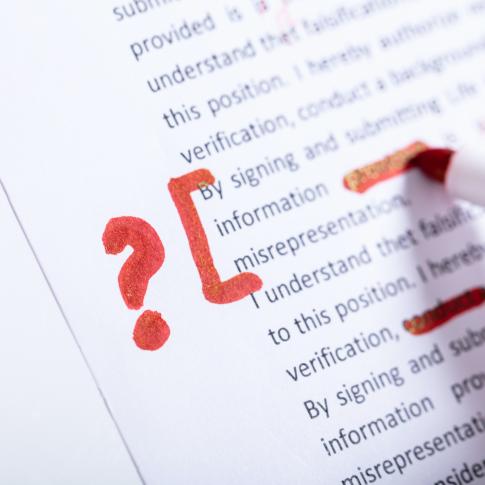
Joanna Ryckaert
4 types of content audits – which one suits you best?
A content audit sounds like a clever plan, but how does it work? We’ll briefly discuss the purpose of a content audit and then look at 4 audit types to give you an idea of where to start.
A content audit sounds like a clever plan.
We’ll briefly discuss the purpose of a content audit and then look at 4 audit types to give you an idea where to start.
Why a content audit?
Do you recognise this situation? You’ve allowed your website to grow over the years without following any specific system. You no longer know what’s on it or where everything is or why you wanted it there in the first place.
A content audit can reveal the content of your website in a number of ways:
- how much of it there is – your content volume
- its quality
- its variety.
Finding out all this allows you to make well-considered decisions. Content audits are also very useful for project managers, information architects, content strategists, marketers and communication managers.
What exactly do you get out of a content audit?
A content audit measures the health of your content. It provides answers to such questions as:
- Does my content focus on the needs and interests of my audience?
- Does my content support their objectives and tasks?
- Is my content really used?
- Is my content well structured?
- Is my content on brand?
- Do I provide enough, too little or too much content?
- Is my content accurate and up-to-date?
Choose the content audit that suits you best
Cypres recommends 4 audit types, based on size. Which should you choose? That depends on your website, your organisation and your priorities.
1. Specialised audit
In this, a limited series of evaluation criteria is applied to some or all of your content, including: accuracy, structure, analytics and support of your objectives.
When to use? When you want to act quickly to tackle a specific aspect of your website, such as its user-friendliness.
Full audit
Here, a wide range of audit criteria is applied to all your content and publication channels. For example, you start with one domain (say, your product information), then continue with the next domain (your corporate content) and so on. Or you first evaluate one channel, then another and another ...
When to use? When you’re not sure which aspect to tackle first and your website is relatively small.
Sample audit
This will give you a general idea of the quality of your content, based on a representative selection. You can then use the results to decide whether or not to do a more comprehensive audit.
When to use? When you want to assess a significant amount of content in a fairly short time – a very large website, for instance.
Continue audit
A continuous audit never stops! And because it includes reporting at regular intervals – those responsible for the audit are automatically notified when a piece of content should be reviewed – it becomes an integrated part of your workflow.
When to use? When you often add content to your website and you want to make sure that it is always verified. Or when you’ve changed your content strategy and want to follow up the results closely.
Which audit will you choose?
You now know that not all audits are the same.
Which type of audit you go for depends largely on the size of your website and your priorities.
- Do you have a small website? If so, consider whether a full audit is feasible. If not, choose a specialised one.
- Do you have a fairly sizeable website? Then start with a sample audit.
- Is your site undergoing a lot of change and/or do you often add content? Then consider a continuous audit.
Interested in a content audit? Do it yourself with our content audit guide or have our auditors sift through your website based on your requirements. Please do not hesitate to contact us.



